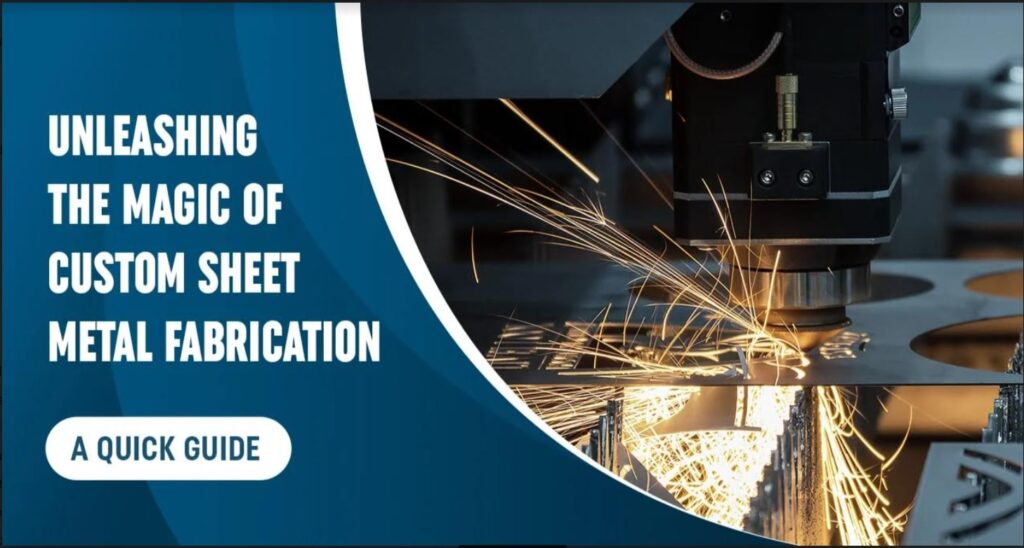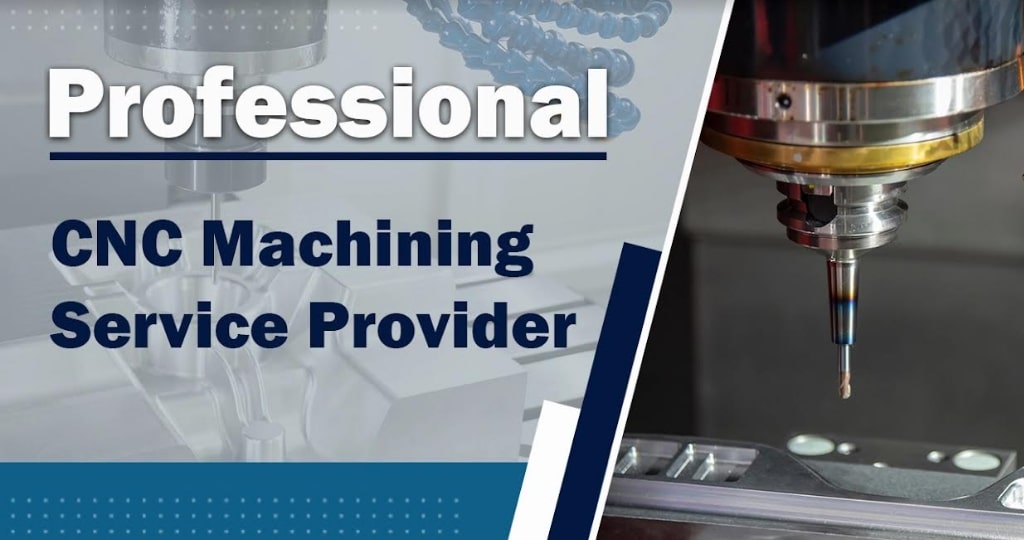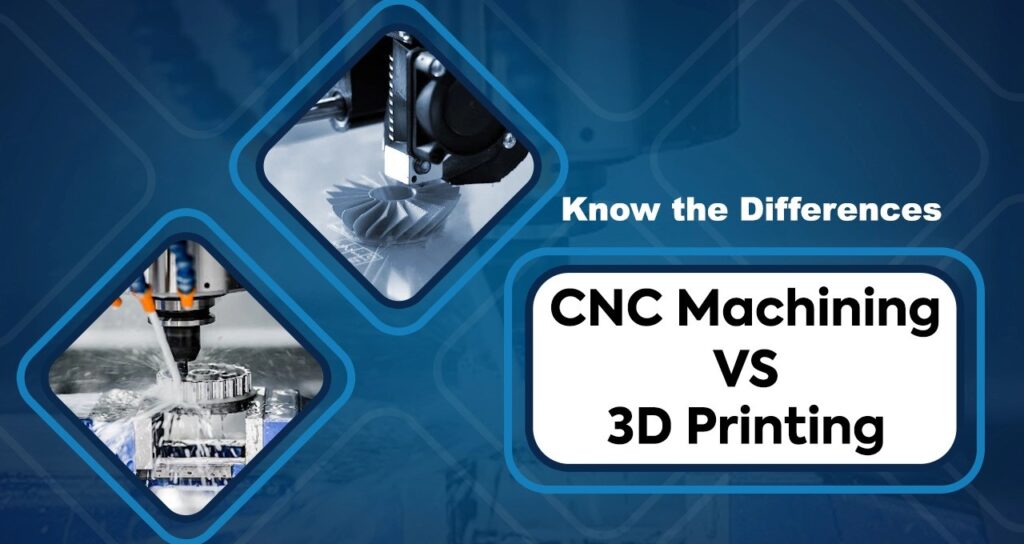Driven by the media, 3D printing appeared to the public as a high-tech industry, and its media influence reached its peak after 2023. In fact, 3D printing is still essentially a manufacturing technology. In recent years, my country’s manufacturing industry has developed rapidly, but the industrial scale is still less than a small part of the entire manufacturing industry.
The automobile manufacturing industry is the largest in the manufacturing industry and has the highest comprehensive requirements. If 3D printing can be widely used in the automotive field one day, it can be said that 3D printing is indeed indestructible.
Rapid prototyping, inventory of 3D printed automotive applications

The earliest 3D printing technology is called rapid prototyping technology. The reason is: its sole purpose is to do rapid prototyping, that is, design verification, assembly verification, functional verification, etc.
In recent years, the most natural way for 3D printing to enter the automotive industry is rapid prototyping. For auto companies, using 3D printing for rapid prototyping is not necessarily cheap, but it will definitely save time. For model development, time is money.
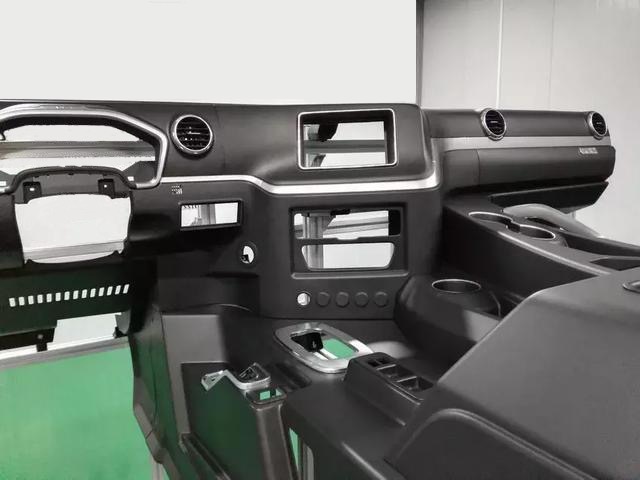
3D printed dashboard shell
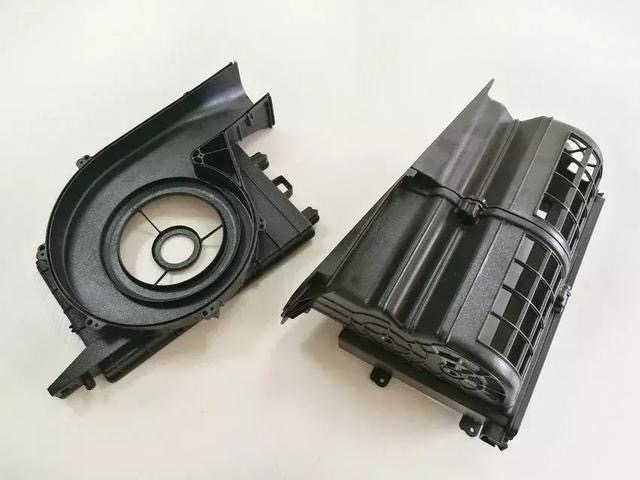
3D printing + electronic and electrical system post-processing housing
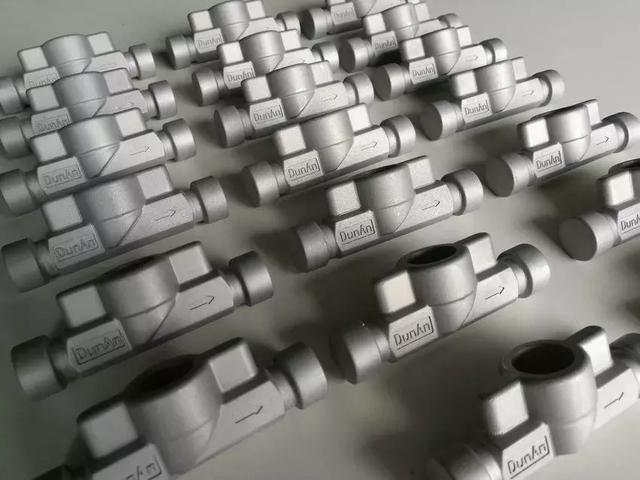
Metal 3D printing: functional verification
In general, 3D printing has entered the automotive industry as a rapid prototyping role, which is relatively deep. However, these applications are usually alternative rather than innovative.

